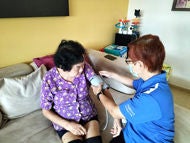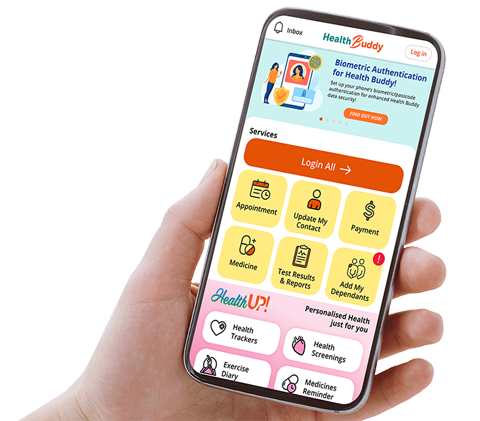What is - Mastitis
What is mastitis?

Mastitis is usually an infection of the breast tissues. It is common in breastfeeding women.
It can occur anytime during lactation but is more common in the first 3 months of lactation. About up to 10 percent of women who breastfeed may be affected.
Idiopathic granulomatous mastitis (IGM)
Women not lactating or breastfeeding can also get mastitis. In some of these women, the cause is unknown. This may be resolved with a course of antibiotics, but if IGM persists, it may become complicated and abscesses may result. Surgery to drain the infection and to obtain tissue for biopsy may be needed.
In some severe cases, steroid therapy may be considered if an infective cause is excluded.
Symptoms of Mastitis
What are the symptoms of mastitis?
Symptoms include:
- Breast pain
- Swelling
- Redness and warmth
- Development of a breast lump
- Fever, chills and tiredness
Mastitis - How to prevent
How can mastitis be prevented?
Women are encouraged to breastfeed frequently, especially when breasts feel engorged. Try to ensure that your baby latches on properly during feeding and allow the baby to finish feeding.
Avoid pressure on the breasts (e.g. tight bra/clothing) and adjust breastfeeding techniques to avoid breast engorgement.
Mastitis - Causes and Risk Factors
What causes mastitis?
This may be from a blocked milk duct, or bacteria that enters the breast tissue through cracks or breaks in the skin or nipple.
What are the risk factors for mastitis?
Mastitis is most often related to:
- Breastfeeding
- Sore or cracked nipples
- Using only one position to feed
- Wearing a tight bra that may restrict milk flow
- Mastitis not related to breastfeeding may be seen in women with diabetes mellitus
Diagnosis of Mastitis
How is mastitis diagnosed?
Diagnosis is made on assessment of history and by clinical physical examination. Breast imaging such as breast ultrasound may be needed to assess for abscess formation (collection of pus material within the breast).
Mammograms are usually not needed and can be uncomfortable. A biopsy may be indicated if symptoms persist after a course of antibiotics.
Treatment for Mastitis
How is mastitis treated?
Antibiotics and pain relief are the main courses of treatment. Usually a course of oral antibiotics is sufficient. However, if the condition persists or worsens, intravenous antibiotics may be required. If it is not treated adequately, an abscess may form and this may require surgical drainage.
Mastitis - Other Information
Does mastitis increase breast cancer risk?
Mastitis does not increase the risk of breast cancer.
Contributed by
The information provided is not intended as medical advice. Terms of use. Information provided by SingHealth.
Condition Treated At
Department
Obstetrics & Gynaecology
Department
Neonatal & Developmental Medicine
Get to know our doctors at SingHealth Hospitals in Singapore.
Get to know our doctors at SingHealth Hospitals in Singapore. here.





















